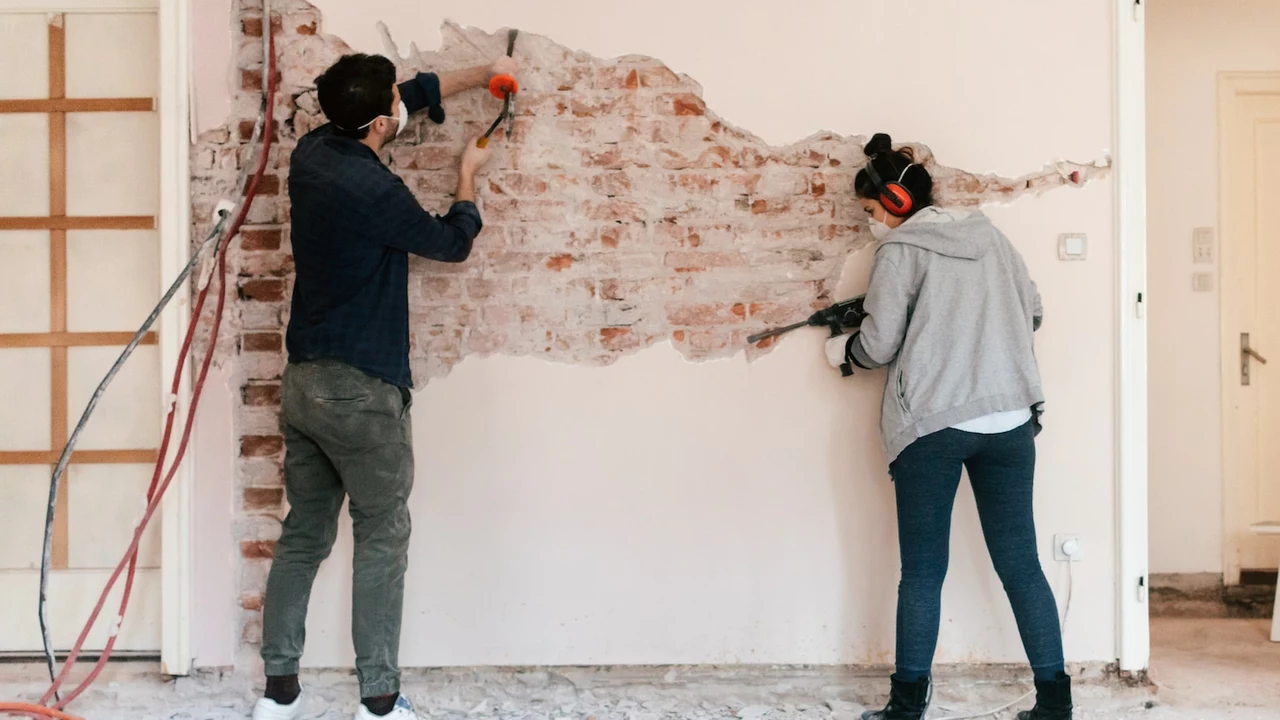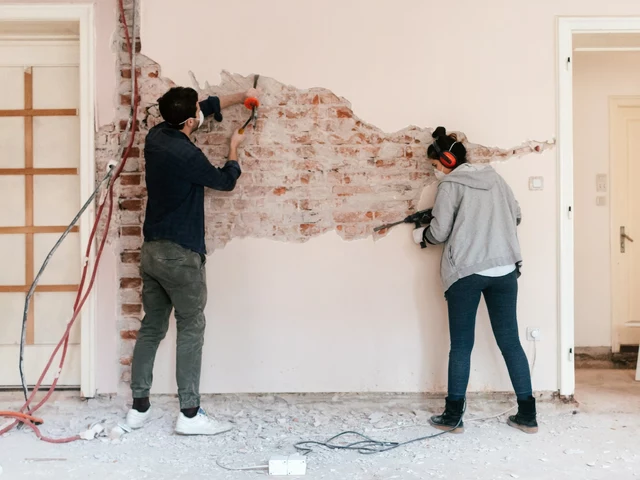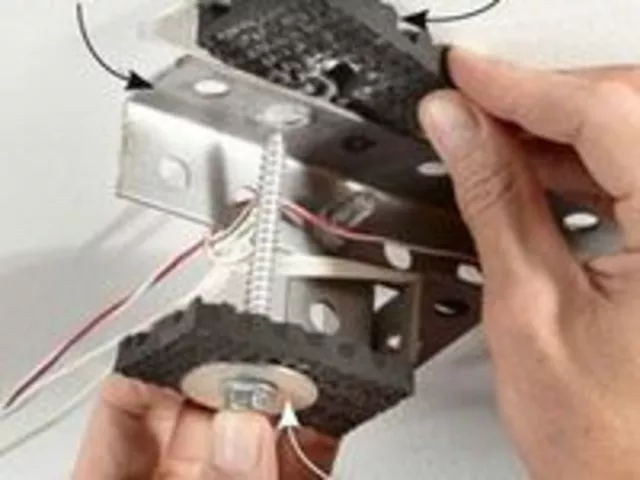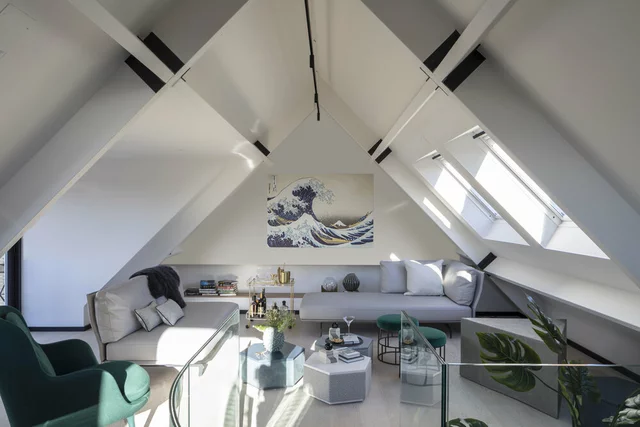A Trip to the Mythological Land of DIY
Yesterday, as Aldric, I found myself at the crossroads of Myths Avenue and Home Improvement Boulevard. It was an amusing journey, bristling with tales of unfathomable tools, mystical materials, and elusive DIY projects that baffled the wisest homeowners. Our fascination with home improvement myths is comparable to the captivating lure of bedtime tales from our childhood. And just like these tales, these myths are just as tantalizing, possessing their share of ogres and enchanted princes disguised as power drills and magic paint brushes. Allow me to tickle your curiosity and lead you through this labyrinth of home improvement myths.
More Expensive Equals Better-Quality: The Golden Hoax
In this saga of home improvement myths, the protagonist is often the "Golden Hoax," the myth that revolves around the higher-price-equals-better-quality misconception. How often have you trudged through the aisles of home depots, your eyes flitting over price tags, your heart skipping a beat as you reach for the more expensive options, convinced they promise superior quality? What if I told you, as Aldric, that not all pricier alternatives equate premium products? Interestingly, some lower-priced options offer comparable or even superior performance. I once bought two sets of tools, one branded and costly, and another relatively unknown and affordable. Guess what? The latter outperformed and outlasted its pricy counterpart.
Paint Makes Spaces Appear Larger: The Optical Illusion
The second myth I would like to unravel is akin to an optical illusion, an interior designing sleight of hand. It's the witchcraft of lighter paint colors making a room appear larger. The surprising fact is that it's not the color, but the finish of the paint that tends to affect how light interacts. Flat finishes swallow light, while glossy finishes reflect it, creating a feeling of more space. I remember painting my basement a darker color with a semi-gloss finish. The effect was startling. The room suddenly appeared larger and more inviting! The dark, dreary dungeon metamorphosed into a warm, welcoming den.
Bigger Renovations Lead to Bigger Returns: The Grand Fallacy
As we journey down the mythical path of home improvements, we may stumble upon the Grand Fallacy. This deceptive being whispers sweet nothings about how bigger renovations will lead to grander returns when you decide to sell your house. In reality, it's the minor, aesthetic changes that can majorly bump up your home's value. Devote your time and resources to fresh paint jobs, landscaping, or upgrading fixtures and fittings rather than going all out for a complete home makeover. Years ago, I made the error of indulging in a massive kitchen renovation, only to find out that my house value had not increased proportionally.
DIY Always Saves Money: The Frugal Mirage
Rolling up our sleeves and squaring our shoulders, we approach the Frugal Mirage: DIY always saves money. Oh, the allure of saving those dollars and cents by being your handyman! Unfortunately, sometimes, the lack of expertise can lead to botched jobs that require professional repair and end up costing more. Take it from Aldric, who once decided to replace his water heater but ended up flooding his basement!
Duct Tape Fixes Everything: The Silver Snake
Slithering toward us is the Silver Snake, the assumption that duct tape can fix anything. Yes, duct tape is superbly versatile and an absolute lifesaver. Can it repair everything? Unfortunately no. Some things are simply beyond its realm of magic. For instance, duct tape and plumbing are not the best companions. Trust me when I say this as Aldric, it's a slippery adventure you'd rather not embark on!
Wallpaper is Outdated: The Ancients' Apparition
Peeking from the corners of home improvement myths is the Ancients' Apparition, suggesting that wallpaper is outdated. Contrary to this notion, modern wallpapers have been making a comeback. They come in a plethora of elegant designs, enhancing your interior aesthetics with a touch of vintage charm and sophistication. Who would've thought Aldric, the wallpaper skeptic, had walls adorned with beguiling patterns in our modern times?
Wooden Decks are High Maintenance: The Wooden Demon
Finally, we face off against the Wooden Demon, the myth that wooden decks are high maintenance. Believe it or not, but timber decks are robust and require minimum maintenance. Just ensure to clean them regularly and treat them with a good-quality sealant to keep them in top-notch condition. I, Aldric, am a proud owner of a decade-old wooden deck, a haven of innumerable barbecues and hearty laughs, still going strong!
My journey through the land of home improvement myths was indeed an enlightening one. I hope this fantastical expedition has shed light on the blurred lines between fact and fiction in the realm of DIY projects. Armed with the truth, you're now ready to dispel these myths and embark on your enriching home improvement journey. Happy myth-busting!






